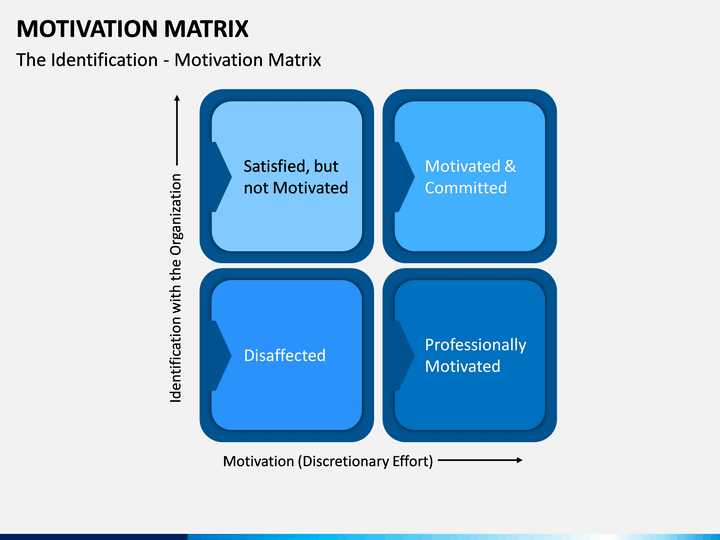Agile Change Management: The People Impact

In recent years, the world has gotten more complex and uncertain, and organizations cannot keep
doing what they have been doing and expect different results. Many organizations have begun to
adopt a more entrepreneurial mindset to stay competitive, but with that comes a faster way of doing things that many employees are not used to.
Managing change successfully in an agile environment requires an understanding of the similarities and differences to managing change in a traditional (waterfall) environment. While people and their reactions can be similar in either environment, the approach change leaders take in delivering change management activities is different.
Today we are seeing an increase in agile change management methodologies on projects that used to use the traditional (waterfall approach). What exactly is the difference between the two change
management approaches? While agile and traditional (waterfall) change management are two
distinctive methodologies of processes to change management projects. Agile, traditionally centered around software development, is an iterative methodology that incorporates a cyclic and
collaborative process and emphasizes adaptation along the project lifecycle While traditional
(waterfall) is a sequential methodology that is also collaborative, but tasks are generally handled in a more linear process and emphasizes milestones to determine if a project is moving forward.
While people and their reactions can be similar in either environment, the approach change leaders take in delivering change management activities is different. People are people. Plain and simple. Just because an environment is running at an accelerated speed does not change that. Psychological human reactions to change are the same, most of what they need is the same, and even most of what we do to help them is the same in any type of environment. Regardless of whether the change is happening in an agile or traditional (waterfall) environment, there are specific contributors that lead to the success of a change initiative, including engaging change management in early stages of the project, consistent communications, ongoing leader engagement and celebrating early wins in the project.
However, in a fast-paced change environment, there are some unique challenges and circumstances that alter the way we help people transition during change. Due to the iterative nature of agile projects, flexibility is key. When change managers are working on an agile project, they need to be more flexible and adaptable, while at the same time be more focused and efficient.
When working within an agile environment, it is important to look at the culture. Does the
organization have a history of using traditional (waterfall) change management approaches? If so,
there may be an increase in resistance from employees within when agile is introduced. Making sure that the organizations culture is in line with agile practices and processes is key. Often employees within these environments, where agile has not been done, are used to the status quo and a slower more linear, often top-down way of doing things. The speed of change in an agile environment can increase the stressors in employees that are now being asked to change at a faster pace then they are used to.
Even if the status quo is no longer effective, people often prefer the predictability, perceived sense of control, tradition, and established way of doing things as they have always been done, because they fear that change endangers their place or role within the organization. By introducing agile projects at a slower pace at the onset can be effective in creating a new mindset.
The people side of change, even in an agile environment is still paramount to success. Change
managers need to have continuous engagement with agile teams to make sure they are keeping up
with the technical aspect of the project. Stakeholders also need to be continuously engaged to keep
the project moving forward. One of the greatest challenges when working on an agile project is the
strategic side of people which can be overshadowed by the technical aspect and needs of the project. Making sure that both sides are engaging and collaborating often are paramount in the success of the
project.
Many of the same tools used in the traditional (waterfall) change management approach can be
utilized in the agile environment, but in a more compact form. Tools can be especially helpful in the
fast-paced agile environment as they can help keep the project focused and moving forward. By
utilizing similar change management tools regardless of the change environment an organization can
build familiarity that can help ensure people are ready, willing and able to work in new ways. Tools
like the people impact scan can be helpful in agile projects by assessing how employees within the
organization will be impacted. Agile is cyclical and the stages often overlap. The plan or do phase can
overlap with an iteration/sprint/planning cycle and you could still be completing or using some
planning tools when you begin to use some doing tools. Understanding how this impacts people
within the organization can be helpful in ensuring sustained change.
The People Impact Scan measures the impact the change will have on people within the organization. It is used to determine how the changes will impact people who work within the organization and to identify and focus agile change management activities. The People Impact Scan should be conducted as soon as the changes have been identified or even while the changes are being formulated. The scan can be repeated every time a new set of changes is identifies. This process should take no more then a couple hours for each iteration/sprint/planning cycle. By understanding the needs of employees, engaging throughout the project, and utilizing tools organizations can create new mindsets and see success and sustainable results in an agile environment.
The People Impact, along with Change Guides suite of change management tools can be found at
www.changeguidesllc.com.










 and agile practitioner, and provides an overview of the principles for managing change in agile environments. This engaging session offers a forum to discuss challenges, proven strategies, and tactics when driving change in fast-paced environments.
and agile practitioner, and provides an overview of the principles for managing change in agile environments. This engaging session offers a forum to discuss challenges, proven strategies, and tactics when driving change in fast-paced environments.